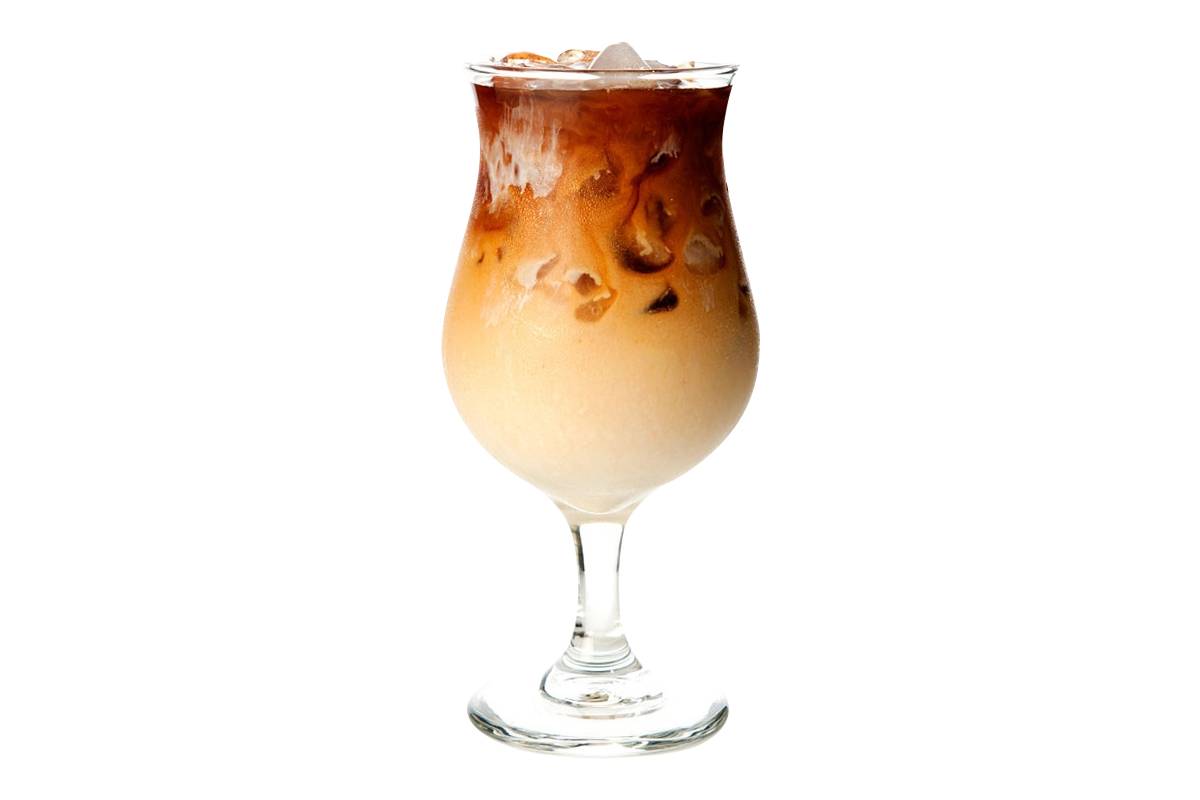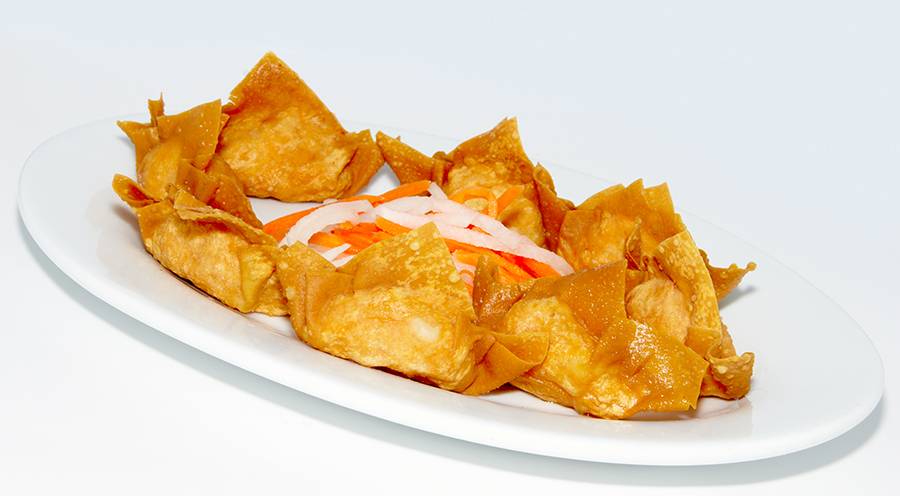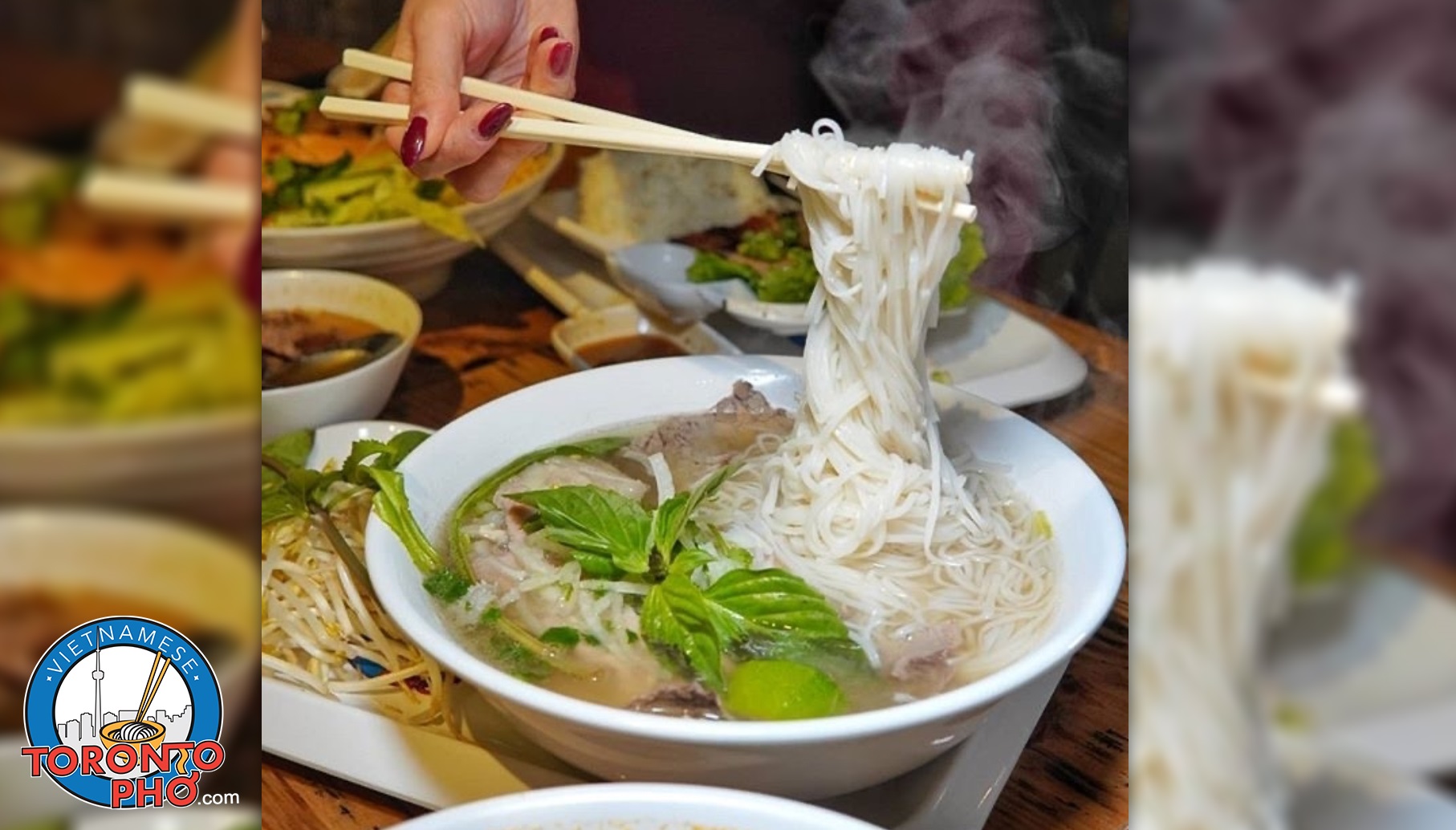
“Feels like home.” For Asian refugees coming to Canada, it’s a whole new experience that many aren’t fully prepared for. The winters are cold. The jobs are different. The culture is new. For many, adapting to this new environment can take time. Coming to Canada, most refugees don’t come with a lot of money or much of anything. Everything one can carry, their culture, their family, and their commitment are their only possessions.
Read more: Pho is the Vietnamese Noodle Soup that has Fed Newly Arrived Refugees in Canada for Years
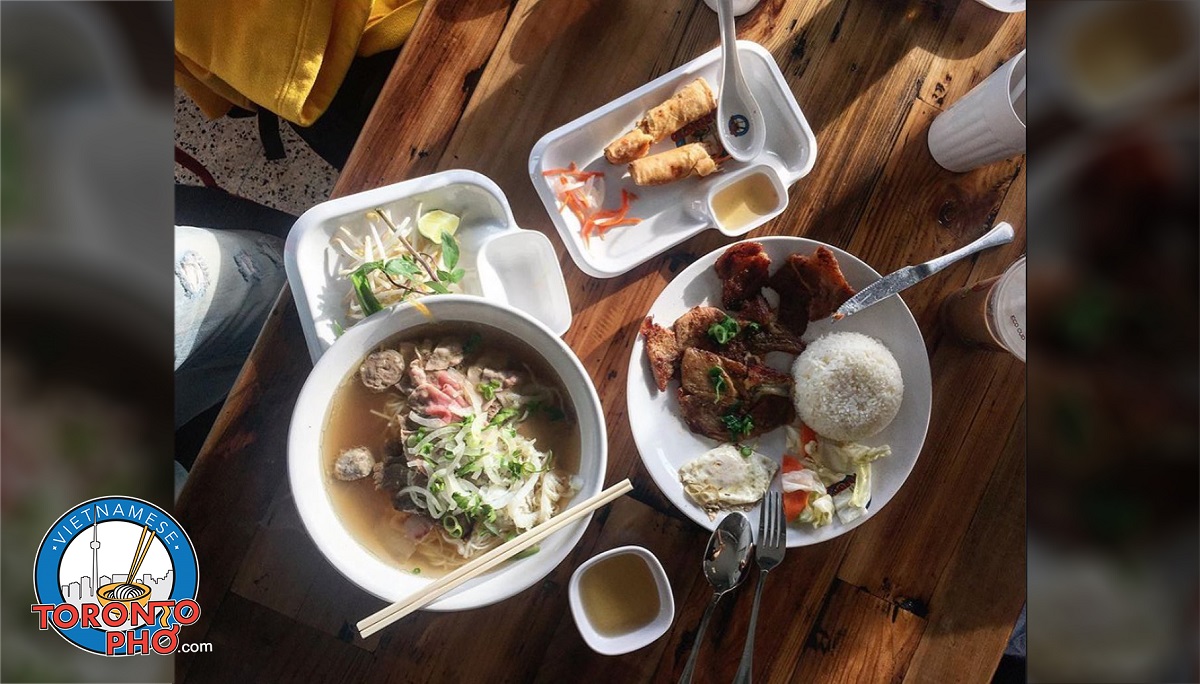
Toronto, Ontario is a beautiful multicultural city. Arguably Canada’s greatest example of multiculturalism, the GTA is filled with very tasty cuisines, a wild array of lifestyles, and healthy cooking trends. When talking specifically ethnic cuisines, Vietnamese is among the top in both taste and healthiness. In taste, you have all sorts of spices and herbs swirling around in dishes like pho. On health, you have minimal fat, high-protein, and a strong emphasis on whole foods and farm vegetables. TorontoPHO has brought authentic Vietnamese cooking to the Toronto marketplace, using traditional spices and herbs to achieve the perfect taste as opposed to reaching for oil. Eating Vietnamese, the characteristic tastes of lemongrass, fish sauce, veggies, and broth are just a few you’ll find. For a flavor-packed brunch, lunch, dinner, or after-hours snack, you can trust Vietnamese to hit the mark.
Read more: Vietnamese is the Healthiest Flavor-Packed Cuisine You Can Get in Toronto
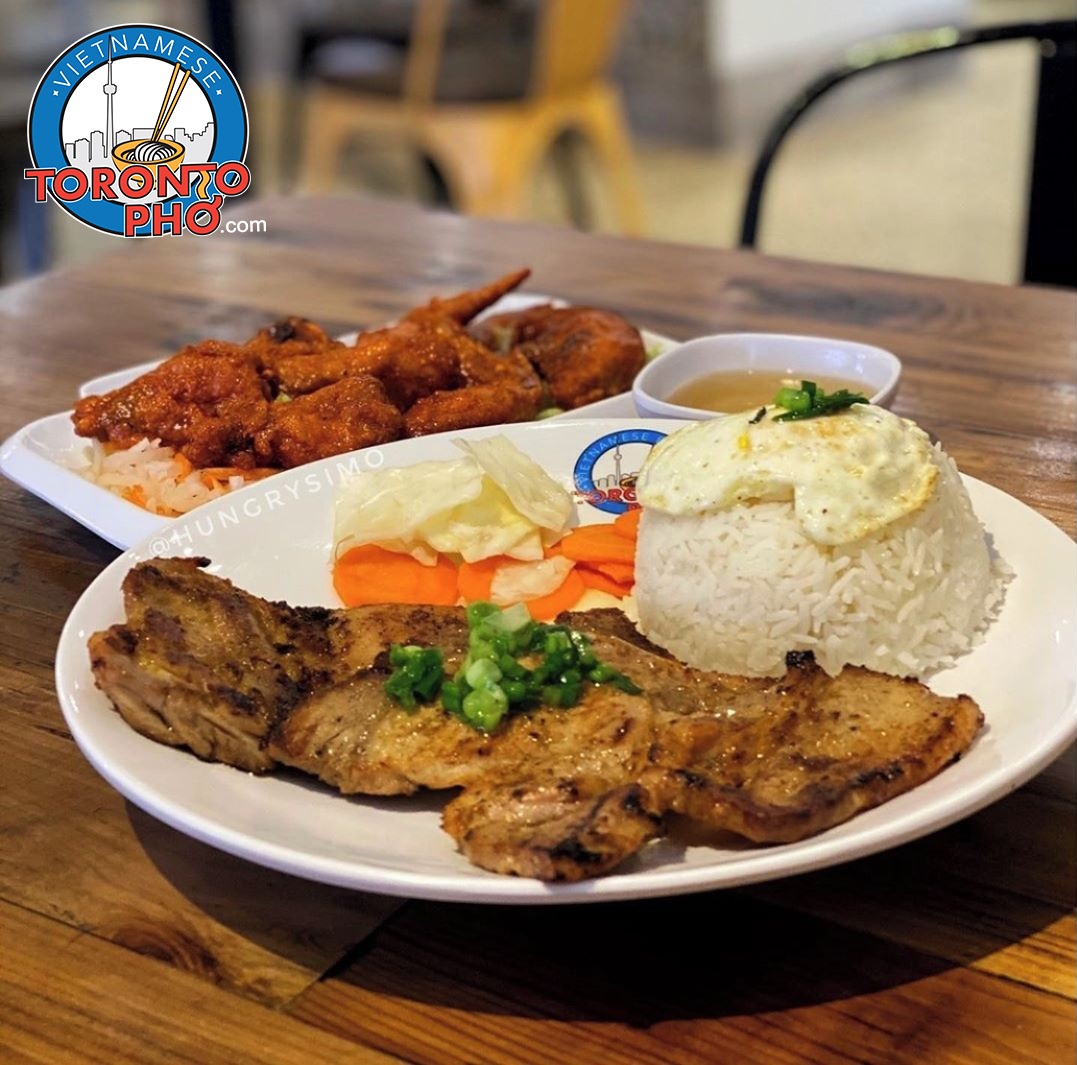
You go to your local farmer’s market. Look around. What you see are loads of delightfully fresh vegetables and fruits, and dishes made from those same farm-fresh ingredients. In North America, this sort of paradise of fresh foods is usually only common at the local marketplace. By the same those same veggies reach our grocery store aisles, they’re not the same. Some of the freshness has been lost and a lot of those items have been commercially grown, prioritizing output over nutritional health.
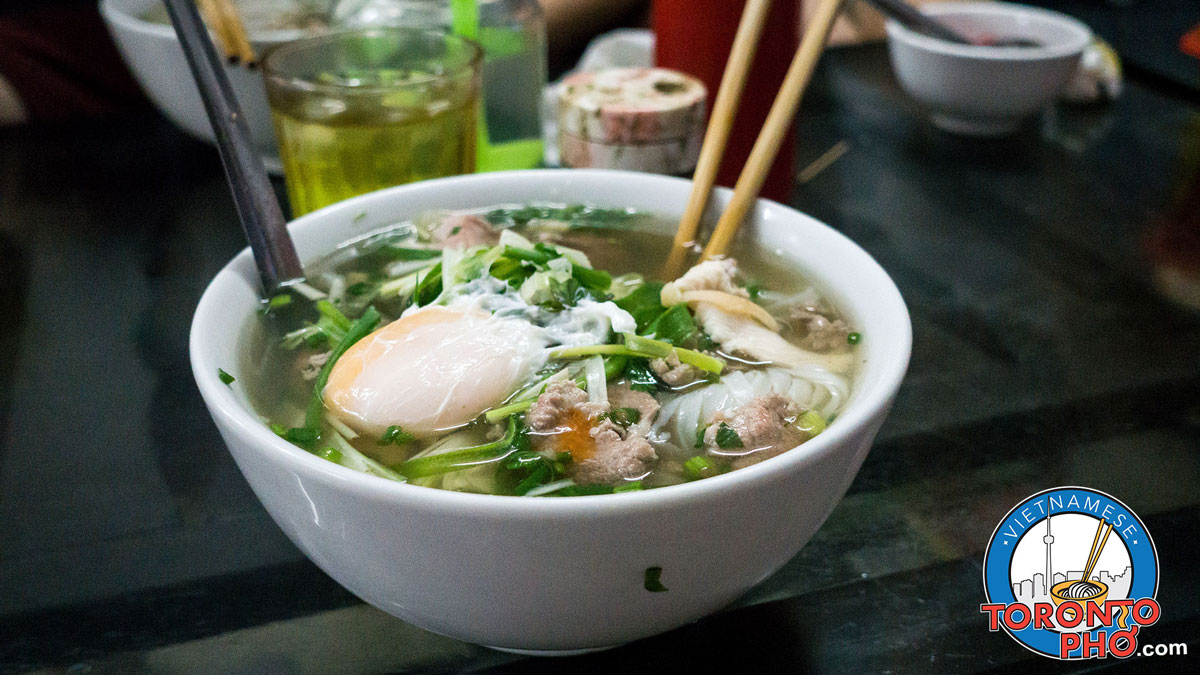
Is pho good or bad for you – an important question. Pho is perhaps Vietnamese cuisine’s most popular dish. It’s got a lot going for it. For some Canadians though, they may want to avoid it. Here’s why.
Pro – Pho is Adaptable
Pho is easily changed. You can choose different pieces of meat. You can change the broth accordingly. Add in the herbs you like. Have the meal you want.
Pro – Pho is Gluten-Free
Authentic Vietnamese pho uses gluten-free rice noodles. There’s no wheat in pho. For anyone with gluten sensitivity, know that pho is gluten-free. When you order a bowl of pho at TorontoPHO, count on it to come without anything in it to upset your tummy.
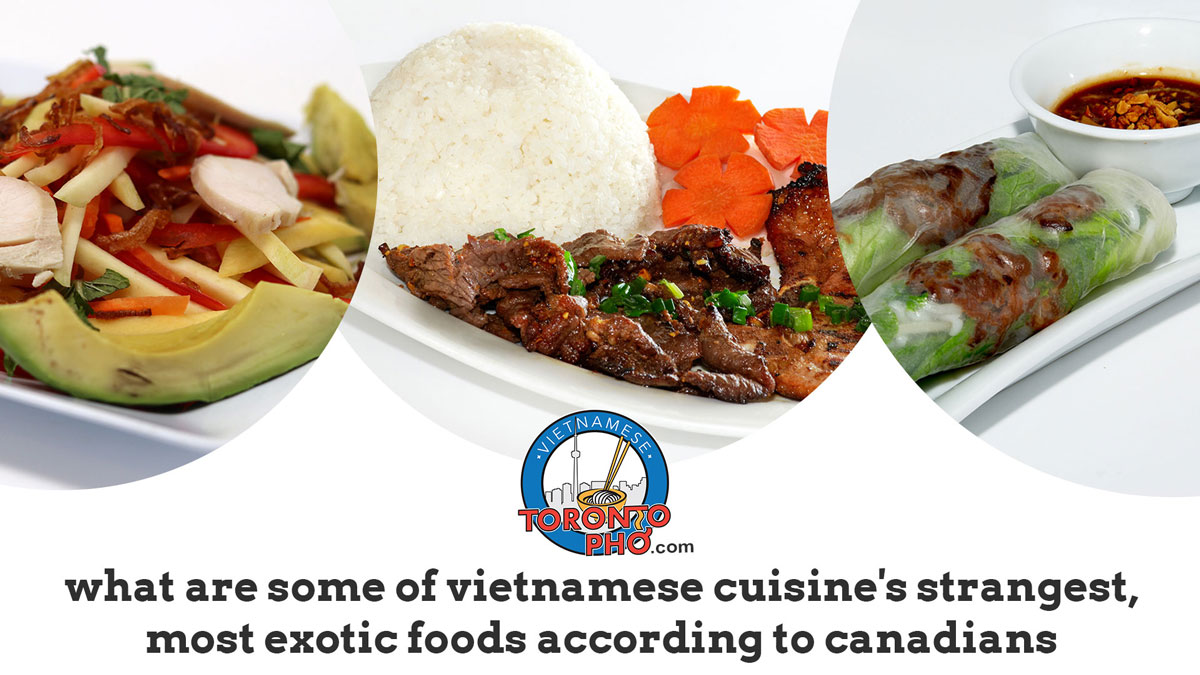
Coming to Canada, the food culture here is very different from what’s eaten in Vietnam. Ingredients that Canadians might find utterly unappealing are devoured in homegrown Vietnamese cuisine, as an example.
This article is a tribute to the strangest, most exotic foods in Vietnamese cooking. As a Toronto Vietnamese restaurant, let’s be clear. We don’t offer any of these dishes here. That said, our families grew up around foods like these. A lot of modern Vietnamese eats are also either adaptations or related in some way to a few of these. So buckle up and check out some of Vietnam’s most bizarre eats!
Balut
Balut is a fertilized duck egg with a nearly developed embryo. It is boiled and eaten in the shell, similar to an oyster. Herbs like Vietnamese coriander, salt, black pepper, and lime are often added. Balut is common in the Philippines and other Southeast Asian nations as well.
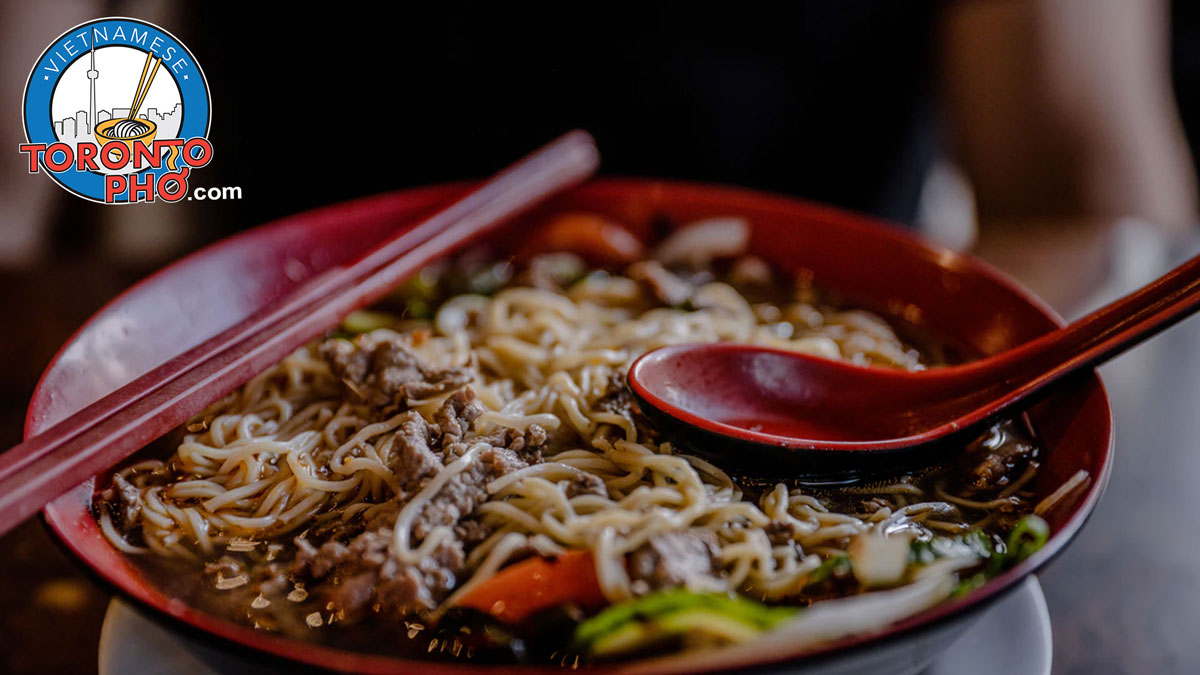
Fresh Vietnamese cuisine anyone can make at home. Not every dish has to be as complex as pho.
Vietnamese cuisine is known for simplicity in presentation. Behind that simplicity though, there’s often a great deal of effort that goes into creating the best balance of ingredients.
Sweet, sour, bitter, spicy, and salty are the five fundamental tastes. Most dishes work from a combination of these.
Fortunately, some Vietnamese food is a lot easier to prepare. Here are some of the simplest delicious Vietnamese cooking easy enough to do at home.
Read more: Tasty, Easy Vietnamese Cuisine That’s Simple Enough to Make At Home
More Articles ...
Page 31 of 53

